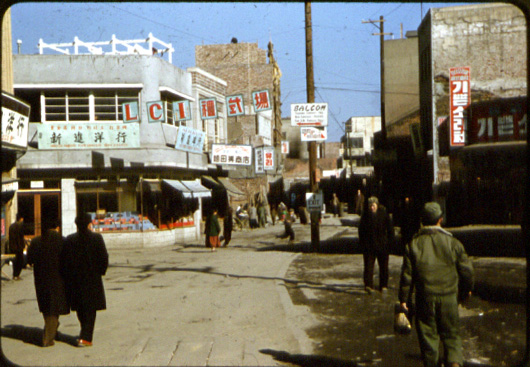
Just a few days ago I wrote about some of my reading and put in a word for a Korean author, Hwang Sun-won, and his book Trees on a Slope. I had only read the first half of the story at that time and was utterly fascinated. And now that I’ve finished the novel, I must say it was one of the most powerful and interesting I have ever read.
Perhaps it’s my own love of Korean culture and its history that has pushed me in this direction. Maybe someone else with a weaker connection to the country would feel completely different about it, but I stand by my judgement — it is one of the best books I have ever read. It captures so powerfully and beautifully the emotional trauma of the Korean war on the youth who fought it and the lives they lived after the war. It shows survival amid tragedy in a way I’d not really seen before in the art of war’s aftermath. I think we Americans bring our own baggage that colors our understanding of post-war tragedy. We may return as heroes (World War II), forgotten (Korea), or villains (Vietnam), but we never return to a nation utterly ravaged by the war we had just gone through.
But in Trees on a Slope, we get a taste of what those who both fought the war and those who lived through the hardships of its aftermath may have felt and experienced. I’m sure the book is not entirely easy to get one’s hands on, but if you ever do, you should find it quite good.
